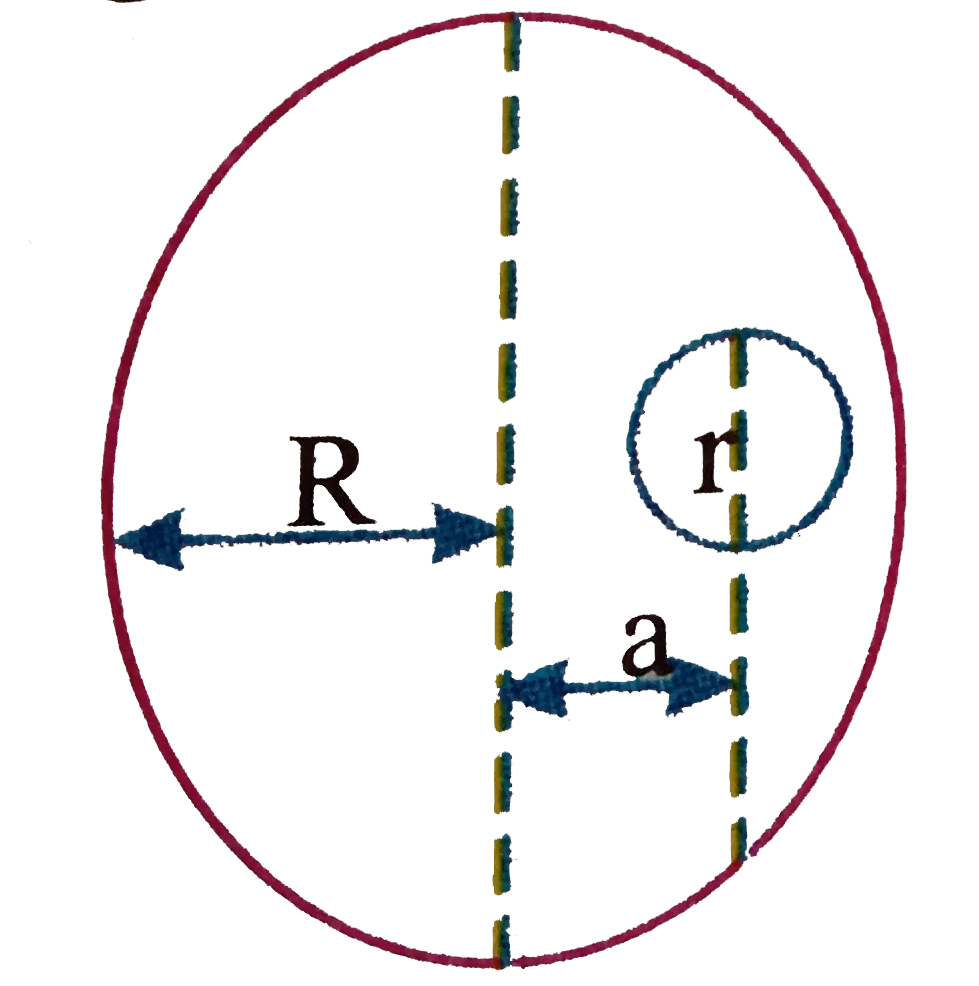A circular disk of unit radius is filled with a number of smaller circular disks arranged in the form of hexagon. Let An denotes a stack of disks arranged in the shape of a hexagon having 'n' disks on a side. The figure shows the configuration A3. If A be the area of large disk, Sn be the number of disks in An configuration and rn be the radius of each disk in An configuration, then limn→∞Snn2 limn→∞nrn
A
13
B
12
C
14
D
111
Video Solution
Text Solution
The correct Answer is:B
|
Answer
Step by step video, text & image solution for A circular disk of unit radius is filled with a number of smaller circular disks arranged in the form of hexagon. Let A_n denotes a stack of disks arranged in the shape of a hexagon having 'n' disks on a side. The figure shows the configuration A_3. If A be the area of large disk, S_n be the number of disks in A_n configuration and r_n be the radius of each disk in A_n configuration, then lim_(n->oo)(S_n)/n^2 lim_(n->oo) nr_n by Maths experts to help you in doubts & scoring excellent marks in Class 12 exams.
Updated on:21/07/2023Topper's Solved these Questions
- LIMITBOOK - VK JAISWALCHAPTER - LIMITEXERCISE - EXERCISE (MATCHING TYPE PROBLEMS)
2 Videos
- LIMITBOOK - VK JAISWALCHAPTER - LIMITEXERCISE - EXERCISE (SUBJECTIVE TYPE PROBLEMS)
7 Videos
- LIMITBOOK - VK JAISWALCHAPTER - LIMITEXERCISE - EXERCISE (ONE OR MORE THAN ONE ANSWER IS/ARE CORRECT)
16 Videos
- INVERSE TRIGONOMETRIC FUNTIONS BOOK - VK JAISWALCHAPTER - INVERSE TRIGONOMETRIC FUNTIONS EXERCISE - Exercise-5 : Subjective Type Problems
6 Videos
- LOGARITHMS BOOK - VK JAISWALCHAPTER - LOGARITHMS EXERCISE - Exercise-5 : Subjective Type Problems
19 Videos
Similar Questions
Knowledge Check
The disks stores information in
ATablesBRows and columnsCBlocksDTracks and sectorsA circular disk of radius 0.010 m rotates with a constant angular speed of 5.0 rev/s. What is the acceleration of a point on the edge of the disk?
A0.31m/s2B9.9m/s2Czero m/s2D1.6m/s2A circular hole of radius r is made in a disk of radius R and of uniform thickness at a distance a from the centre of the disk. The distance of the new centre of mass from the original centre of mass is
 AaR2R2−r2Bar2R2−r2Ca(R2−r2)r2Da(R2−r2)R2
AaR2R2−r2Bar2R2−r2Ca(R2−r2)r2Da(R2−r2)R2

